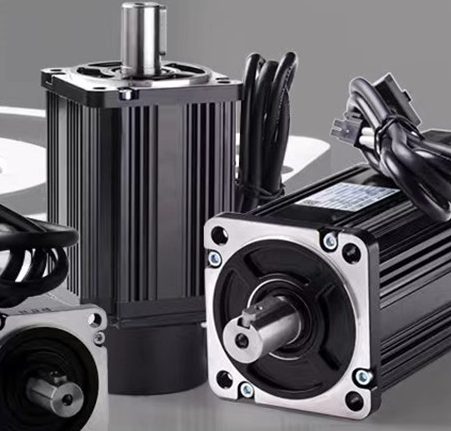- The Curie temperature
Regarding temperature and magnetism, we start with the Curie temperature (Tc), discovered by Pierre Curie over 200 years ago. It’s the temperature at which a magnet loses its magnetism upon heating, also known as the magnetic transition point.
- Curie temperature: The temp. at which a magnetic material transitions from ferromagnetic to paramagnetic. Below/above it, the material is ferromagnetic/paramagnetic, related to its composition and crystal structure.
- Above Curie temp., intense molecular motion disrupts magnetic domains, causing loss of ferromagnetic properties like high permeability and hysteresis. This leads to irreversible demagnetization. Remagnetization is possible but needs a much higher voltage, and may not restore original field strength.
- Curie temp. is crucial in applications. Choosing a material with the right Curie temp. for devices needing ferromagnetism at specific temps. enhances their stability and reliability.
| 矫顽力等级 | 最高工作温度 | ||
| N | Normal | 低矫顽力 | 80°C |
| M | Medium | 中等矫顽力 | 100°C |
| H | Highe | 高矫顽力 | 120°C |
| SH | Super High | 特高矫顽力 | 150°C |
| UH | Ultra High | 超高矫顽力 | 180’C |
| EH | Extremely High | 极高矫顽力 | 200°C |
| AH | Aggressively High | 致高矫顽力 | 230°C |
- Work temperature,Tw
- Work temperature, Tw refers to the temperature range that a magnet can withstand in practical applications. Different materials have varying thermal stability, leading to differences in their working temperatures. The maximum working temperature of magnetic steel is significantly lower than its Curie temperature. Within the working temperature range, an increase in temperature will cause a decrease in magnetic force, but most of it can be restored after cooling.
-
Relationship between Working Temperature and Curie Temperature:
A higher Curie temperature corresponds to a higher working temperature for magnetic materials, with better temperature stability. Adding elements such as cobalt, terbium, and dysprosium to sintered neodymium-iron-boron materials can increase their Curie temperature. Therefore, high-coercivity products (H, SH, …) generally contain dysprosium.
-
Temperature Resistance of Different Grades of the Same Magnet:
Due to differences in composition and structure, different grades and series of the same type of magnet have varying temperature resistance capabilities. Taking neodymium-iron-boron as an example, the maximum working temperature of magnetic steel varies between 80°C and 230°C among different grades and series.
Factors affecting actual working temp. of mag. steel:

Shape & Size: Significantly impact max. working temp. Some H-series magnets may demagnetize at room temp. due to size; increasing coercivity raises max. temp.
Magnetic Circuit Closure: Affects max. working temp. A more closed circuit = higher max. temp. & stable performance. Max. temp. varies with closure degree.
